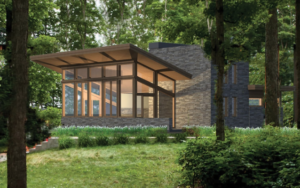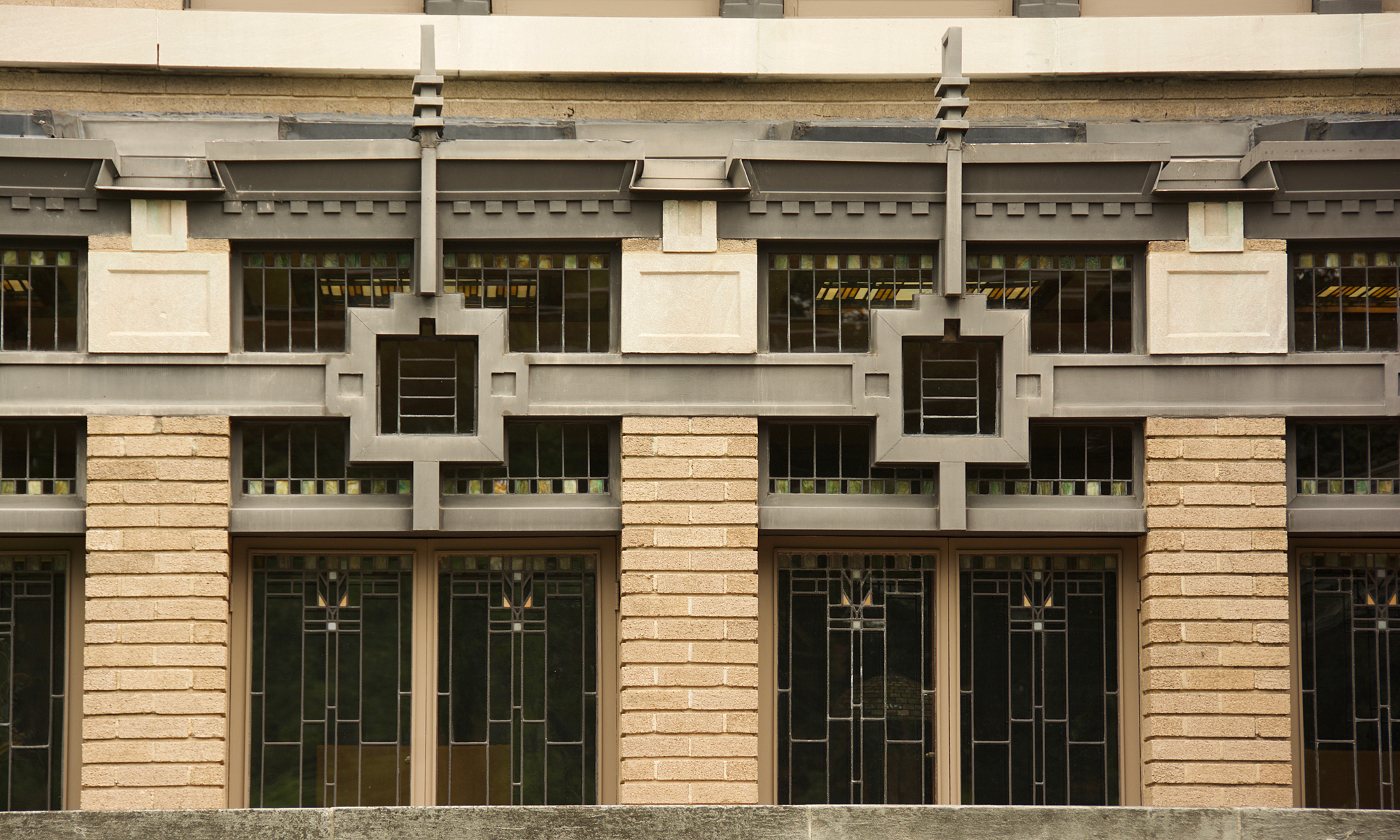
Lindal Cedar Homes Re-imagines the Seth Peterson Cottage for New Series
By Brian R. Hannan
In developing her master’s degree thesis at the School of Architecture at Taliesin (SOAT), Trina Lindal looked to Frank Lloyd Wright, the school’s founder, and his late-in-life work for inspiration.
“What are the essential Usonian elements?” Lindal wondered. “How do we respect that but also create a home for modern living?”
Answering those questions led Lindal and collaborating architect Aris Georges, a former Taliesin fellow and SOAT instructor, to create the Imagine Series. Seattle-based Lindal Cedar Homes launched it this past June in response to a licensing agreement proposal from the Frank Lloyd Wright Foundation. Lindal is a granddaughter of company founder Sir Walter Lindal, a pioneer in building prefabricated homes, and a daughter of Bob Lindal, the current president and CEO.
The Imagine Series consists of seven homes inspired by Wright’s Usonian designs and design principles. The lineup includes what Lindal describes as “translations” of the Seth Peterson Cottage (Mirror Lake); the Bachman-Wilson House (Crystal Springs); the Gordon House (Silverton); the Jacobs I House (Madison); and the Penfield House (Willoughby) — as well as two Lindal-original homes, the Highland Park and the Mesquite.
Stuart Graff, president and CEO of the Frank Lloyd Wright Foundation underscores that distinction. “While the houses are all inspired by Wright’s designs,” he said, “very importantly, we didn’t want to replicate Wright’s work. A ‘Frank Lloyd Wright house’ is a Frank Lloyd Wright house.”
Accordingly, Lindal and the foundation were guided by what Graff describes as the “intellectual underpinnings of a Usonian. How do you take a small space and make it feel like a big space by (leading viewers’) eyes in different directions, by connecting strongly to the outside world? How can these principles be deeply embodied in a house designed for contemporary dwellers and meeting contemporary needs?”
For Lindal, the Peterson cottage proved to be an obvious choice — both for its Usonian bona fides and also for its aesthetic as “that little cabin in the woods that people associate with Lindal.”
The Lindal translation of the Peterson cottage closely resembles Wright’s original. Notable differences include post-and-beam construction on Lindal’s 5-foot, 4-inch grid and the absence of mitred glass in the corners of the front window bank. The Mirror Lake is slightly larger at 958 square feet.
Graff predicts the Mirror Lake will be well-received. “There’s a lot of love for the Peterson cottage in the Wright community,” he said.
“Maybe a few people who stay there will, in turn, decide they love it so much they want to embrace the design — and they can go out and buy the kit. It’s a heckuva souvenir, if you will.”
Note: This article appears in the Fall 2018 issue of the semi-annual newsletter of the Seth Peterson Cottage Conservancy, which does not endorse the Lindal Cedar Homes’ Imagine Series.
